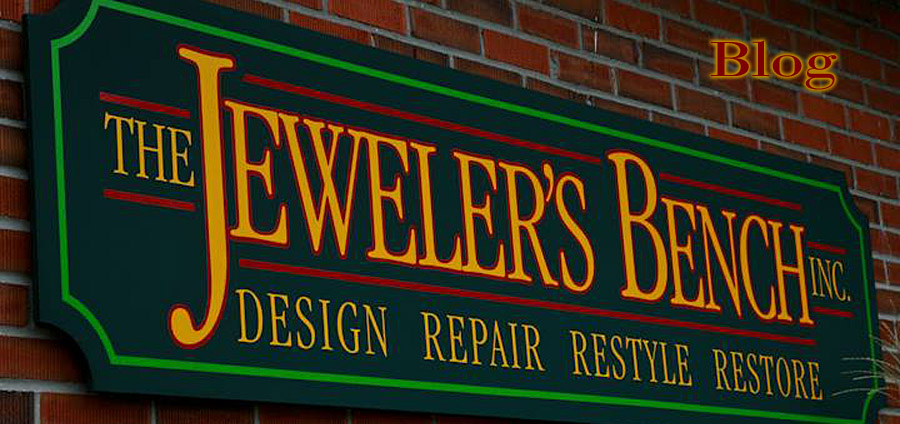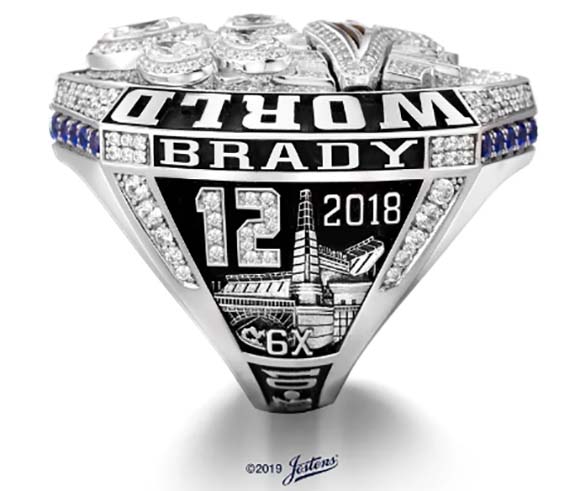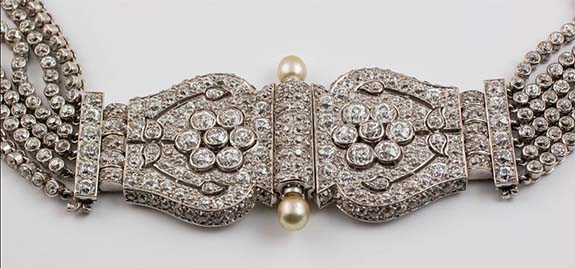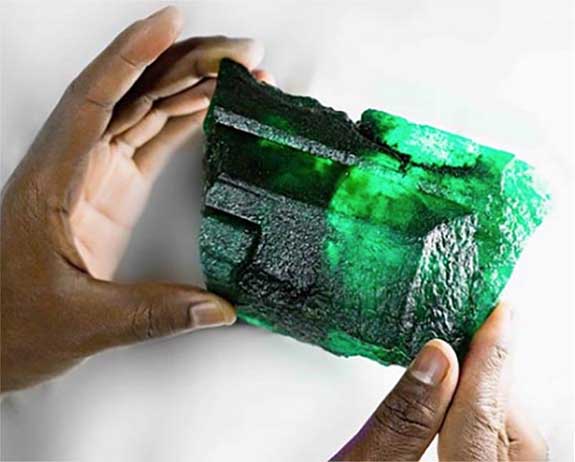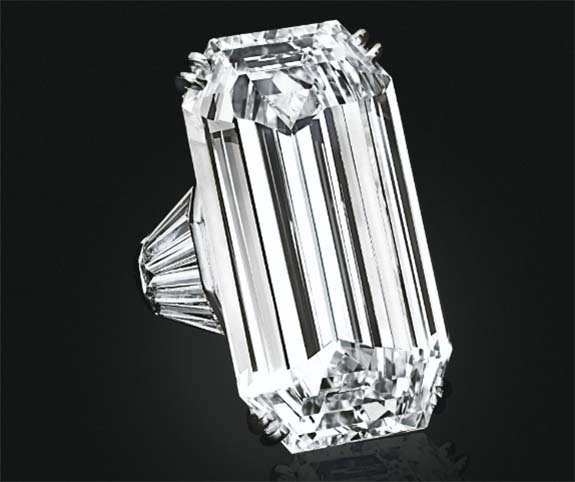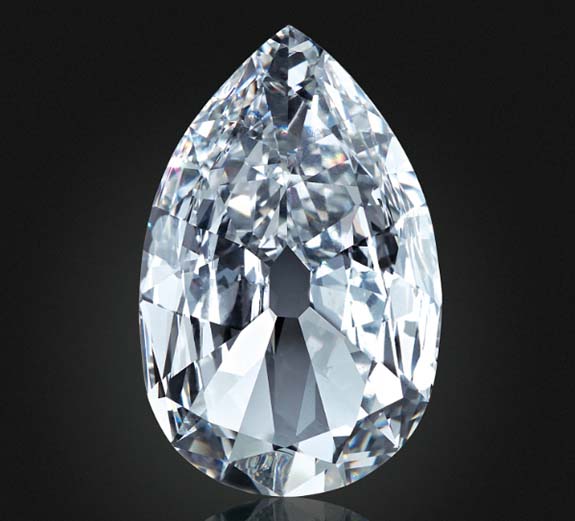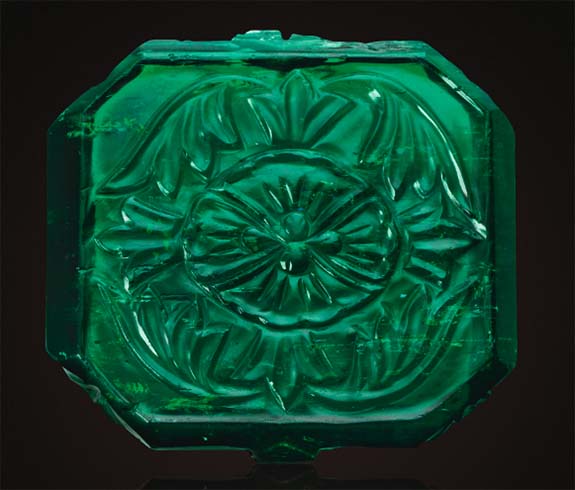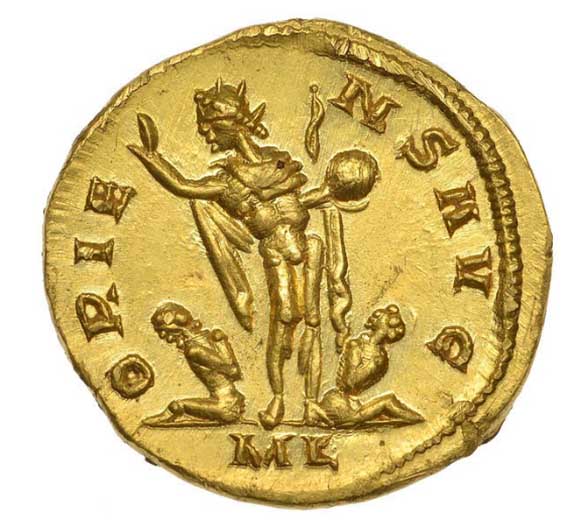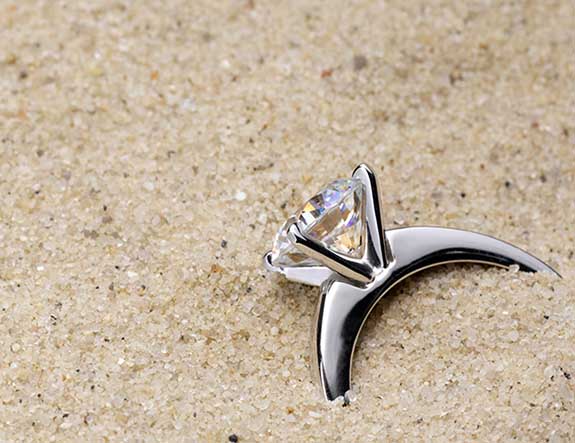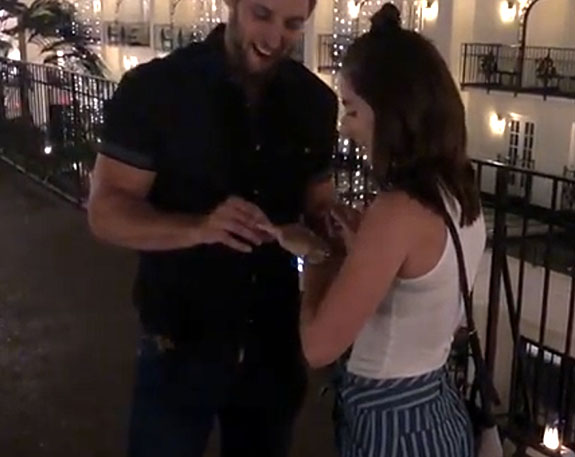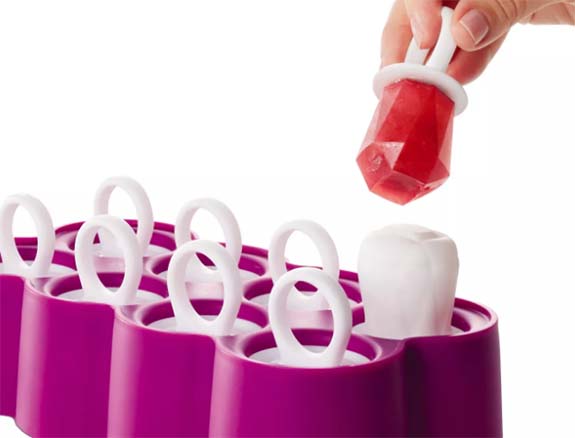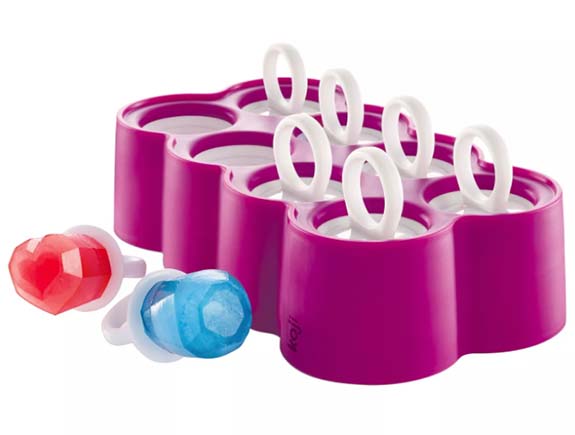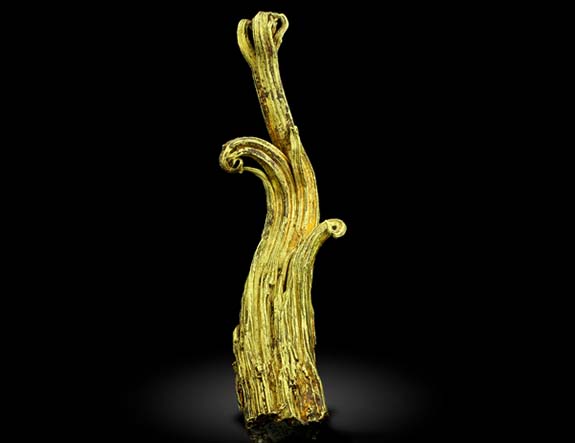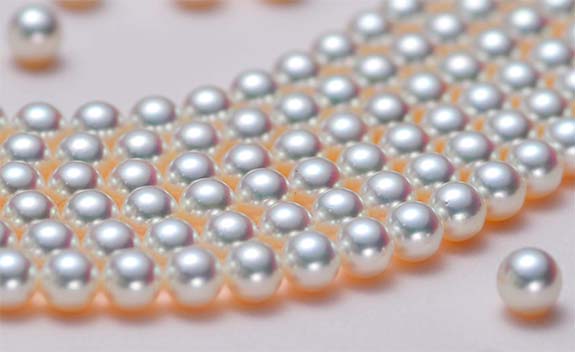June 5th, 2019
An engagement ring that was thought to be lost forever was returned to a Hueytown, Ala., woman by honest employees at a Kentucky distribution center of rugged men's apparel.
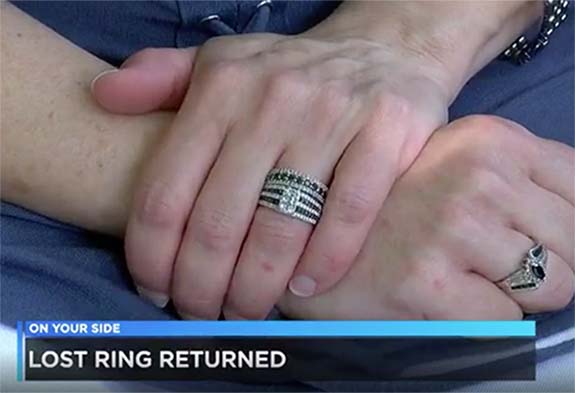
Jacky Crick, a receiver for Carhartt's return center in Hopkinsville, Ky., found the black and white diamond engagement ring in the pocket of a pair of jeans that had been sent to the facility by Andrea Speer.
Speer explained that she didn't feel the ring slip off as she prepared the return for her husband.
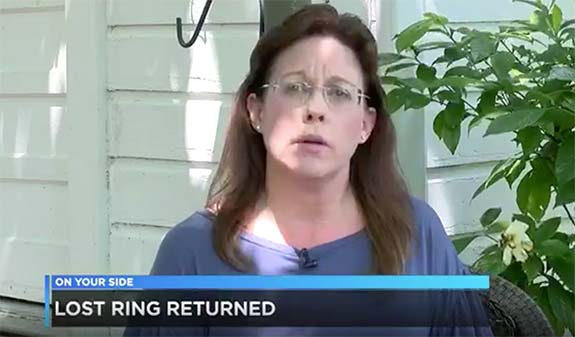
“The ring was loose," Speer told Birmingham TV station WBRC, "and I guess when I stuck my hand inside the pocket it just came off, and I didn’t notice it 'cause I still had the wedding band on.”
Speer was devastated by the loss.
“I went into panic mode and I cried myself to sleep that night and several nights after that because I was just heartbroken," she told WBRC. "You know it has sentimental value. I mean that’s the ring he put on my finger the day he proposed."
Speer was convinced, at first, that the ring came off during a shopping trip to a local Dollar store.
“Went back to the store three times, three times!" she exclaimed. "Looking in the store, looking in the parking lot, and it was nowhere to be found. And then after a couple of weeks we realized it’s probably just gone. I would never see it again.”

Little did she know, that 275 miles and two states away, an honest receiver was alerting her Carhartt's supervisor that she found the ring. That supervisor promptly shipped the ring back to Speer, along with a handwritten note on Carhartt stationery explaining how it was discovered.
Speer told the WBRC reporter how elated she and her husband were when the ring miraculously turned up in the mail...
“I cried, I was happy," she said. "I was just totally amazed and just totally relieved. [My husband] cried! He actually got back down on one knee and put it back on my finger. It was a very sweet moment, it was!”

Speer's stepdaughter, Brittany Scoggins, summarized the details of the unexpected ring return on her Facebook page.
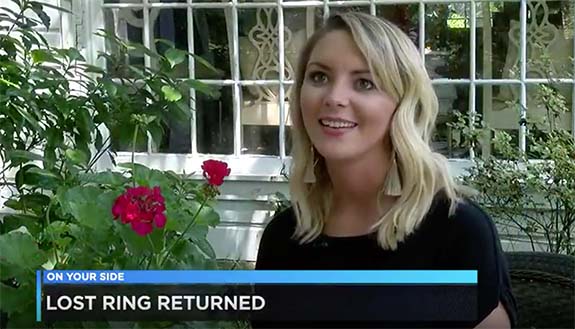
"People need to know that [Carhartt] is a good, honest company and that real people work there and real people want to do the right thing,” Scoggins told WBRC.
Speer said she'd like nothing more than to get up to Hopkinsville to give Crick a big hug.
Credits: Screen captures via wbrc.com.

Jacky Crick, a receiver for Carhartt's return center in Hopkinsville, Ky., found the black and white diamond engagement ring in the pocket of a pair of jeans that had been sent to the facility by Andrea Speer.
Speer explained that she didn't feel the ring slip off as she prepared the return for her husband.

“The ring was loose," Speer told Birmingham TV station WBRC, "and I guess when I stuck my hand inside the pocket it just came off, and I didn’t notice it 'cause I still had the wedding band on.”
Speer was devastated by the loss.
“I went into panic mode and I cried myself to sleep that night and several nights after that because I was just heartbroken," she told WBRC. "You know it has sentimental value. I mean that’s the ring he put on my finger the day he proposed."
Speer was convinced, at first, that the ring came off during a shopping trip to a local Dollar store.
“Went back to the store three times, three times!" she exclaimed. "Looking in the store, looking in the parking lot, and it was nowhere to be found. And then after a couple of weeks we realized it’s probably just gone. I would never see it again.”

Little did she know, that 275 miles and two states away, an honest receiver was alerting her Carhartt's supervisor that she found the ring. That supervisor promptly shipped the ring back to Speer, along with a handwritten note on Carhartt stationery explaining how it was discovered.
Speer told the WBRC reporter how elated she and her husband were when the ring miraculously turned up in the mail...
“I cried, I was happy," she said. "I was just totally amazed and just totally relieved. [My husband] cried! He actually got back down on one knee and put it back on my finger. It was a very sweet moment, it was!”

Speer's stepdaughter, Brittany Scoggins, summarized the details of the unexpected ring return on her Facebook page.

"People need to know that [Carhartt] is a good, honest company and that real people work there and real people want to do the right thing,” Scoggins told WBRC.
Speer said she'd like nothing more than to get up to Hopkinsville to give Crick a big hug.
Credits: Screen captures via wbrc.com.
